Sand Brome
Display all 15 images


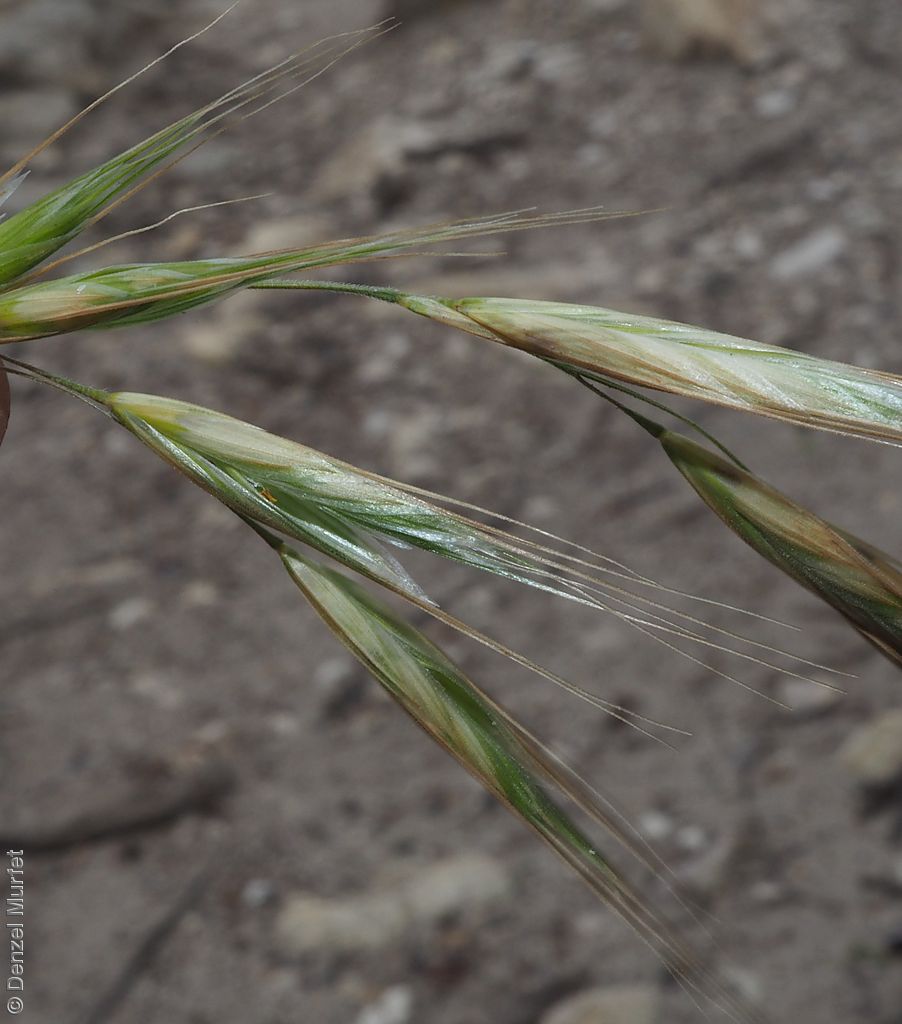


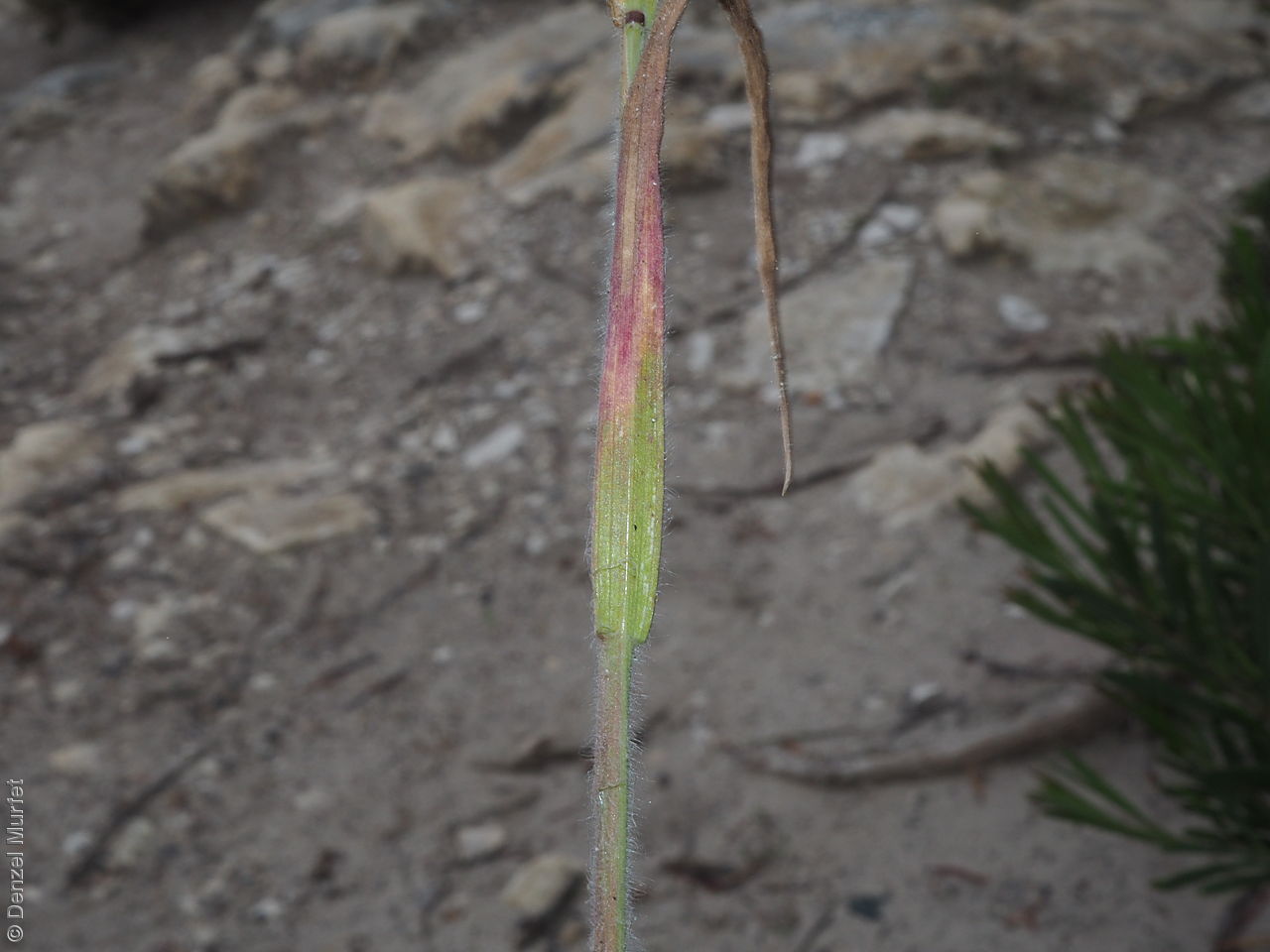
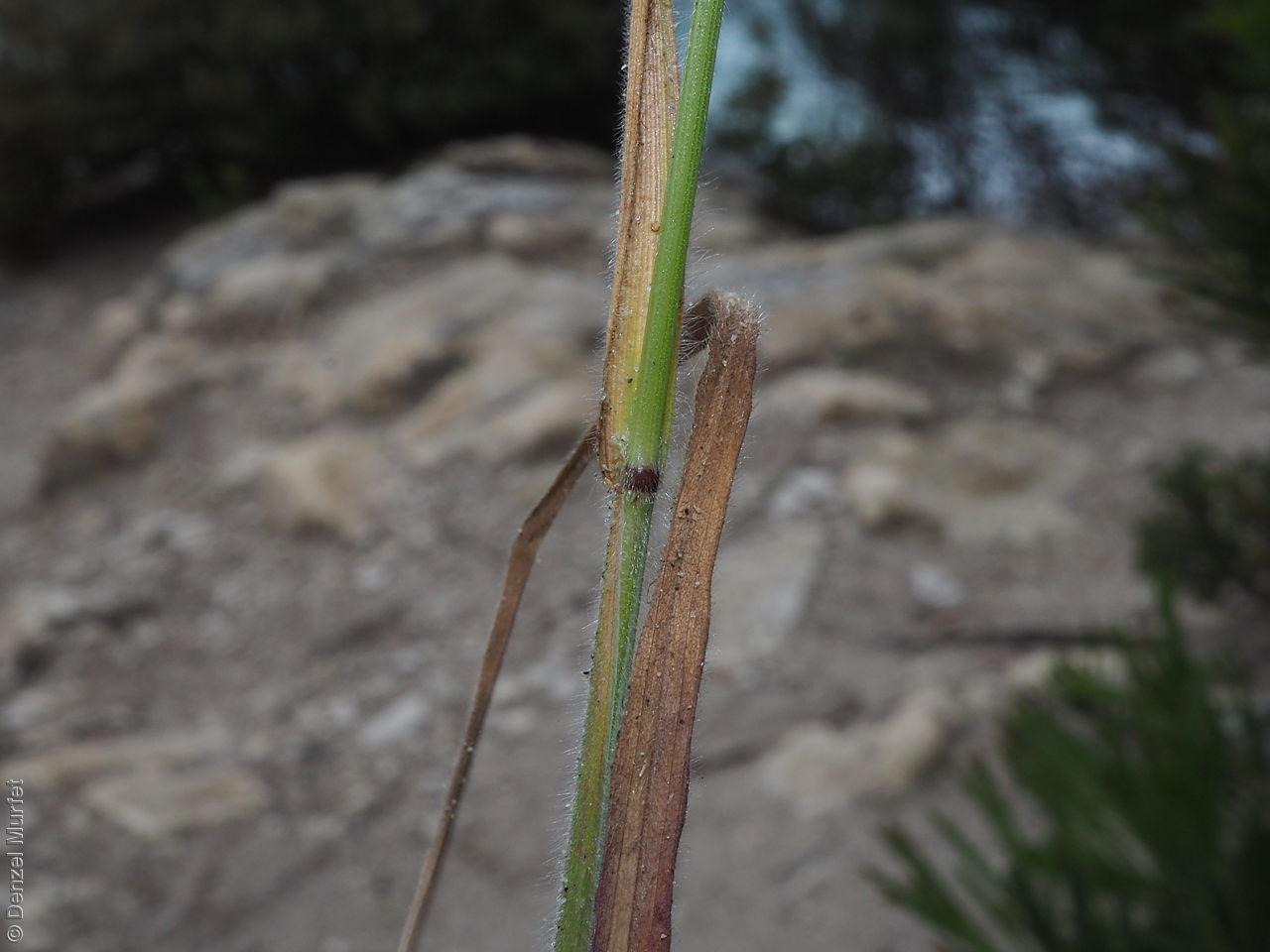

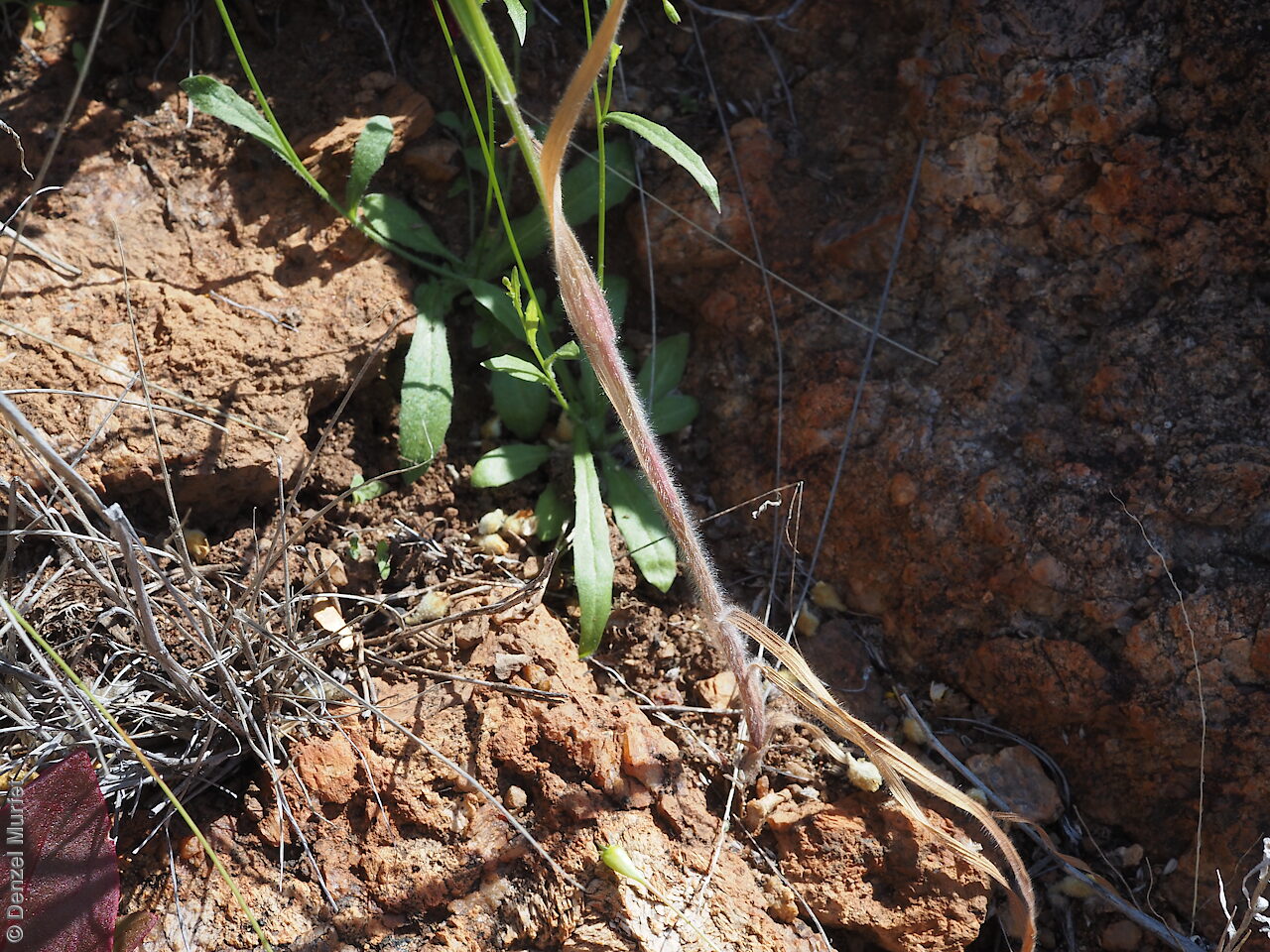
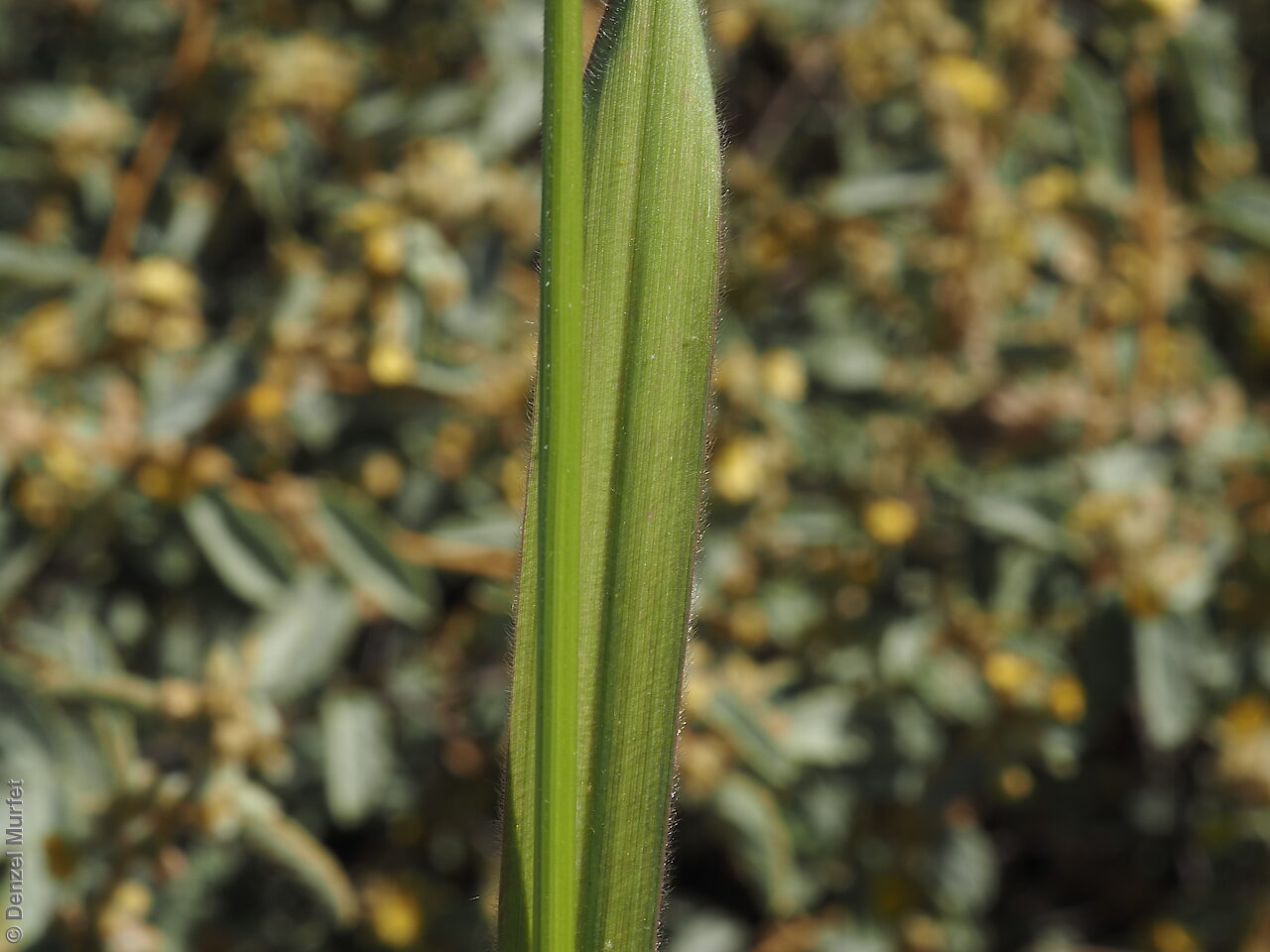
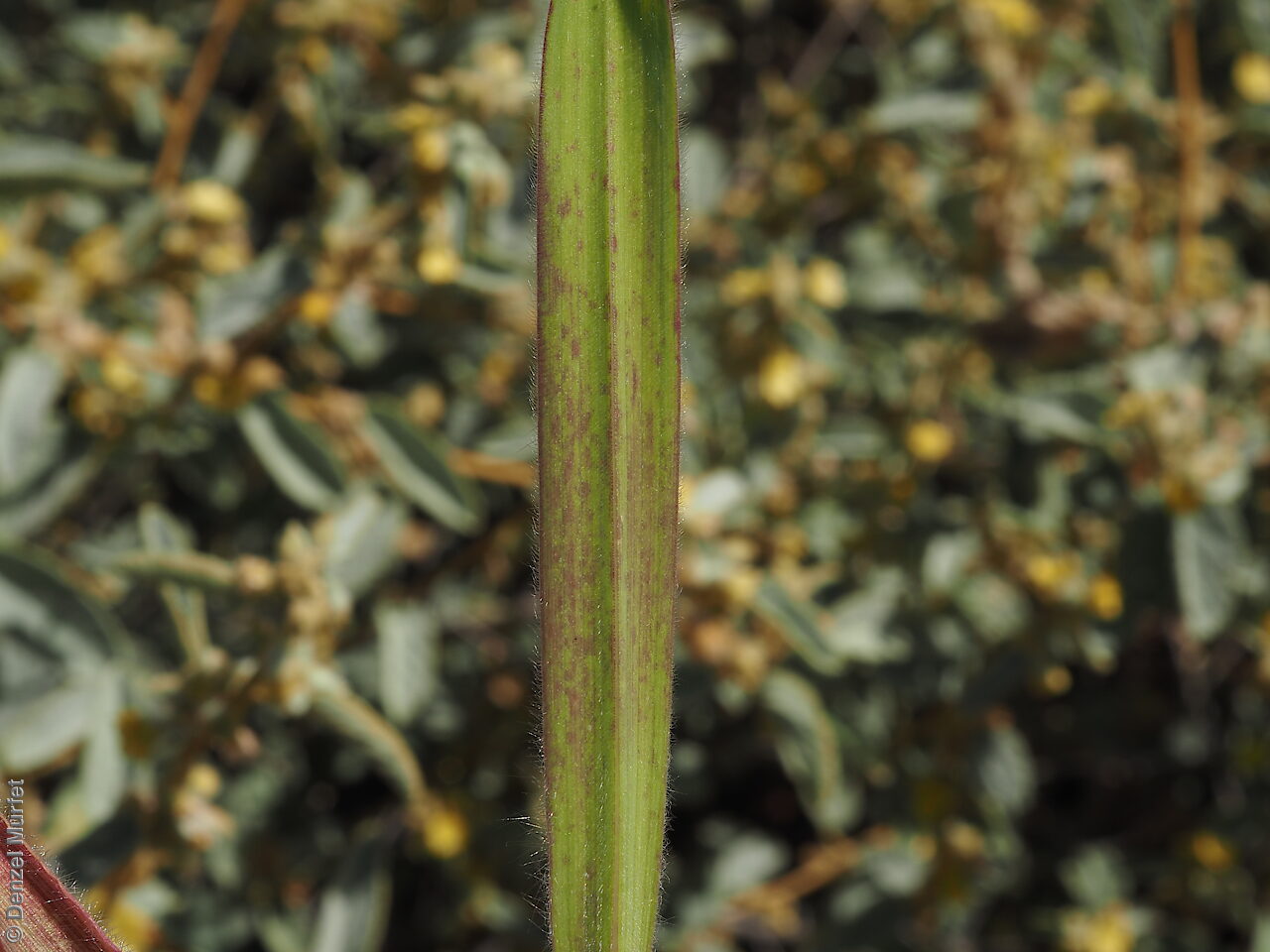
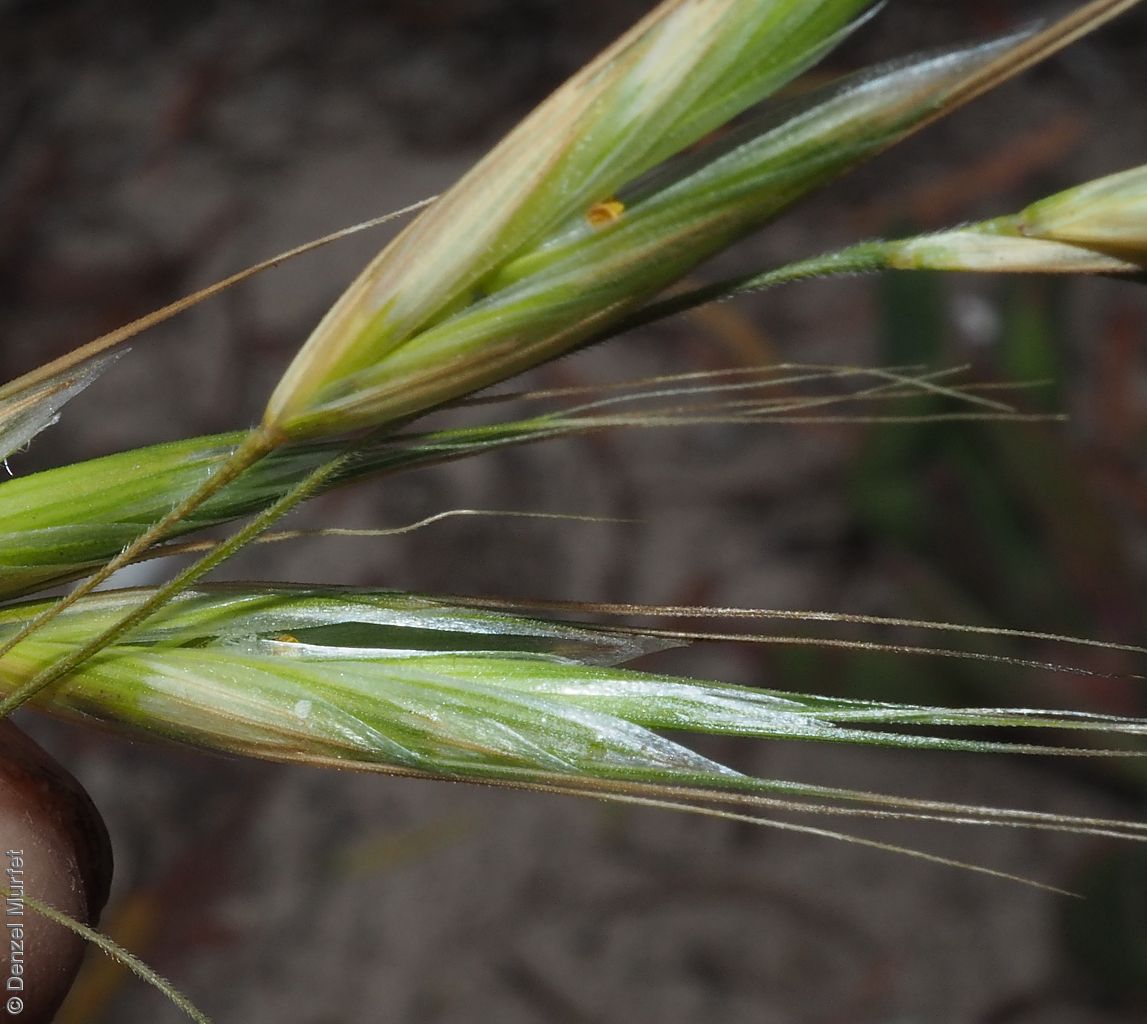
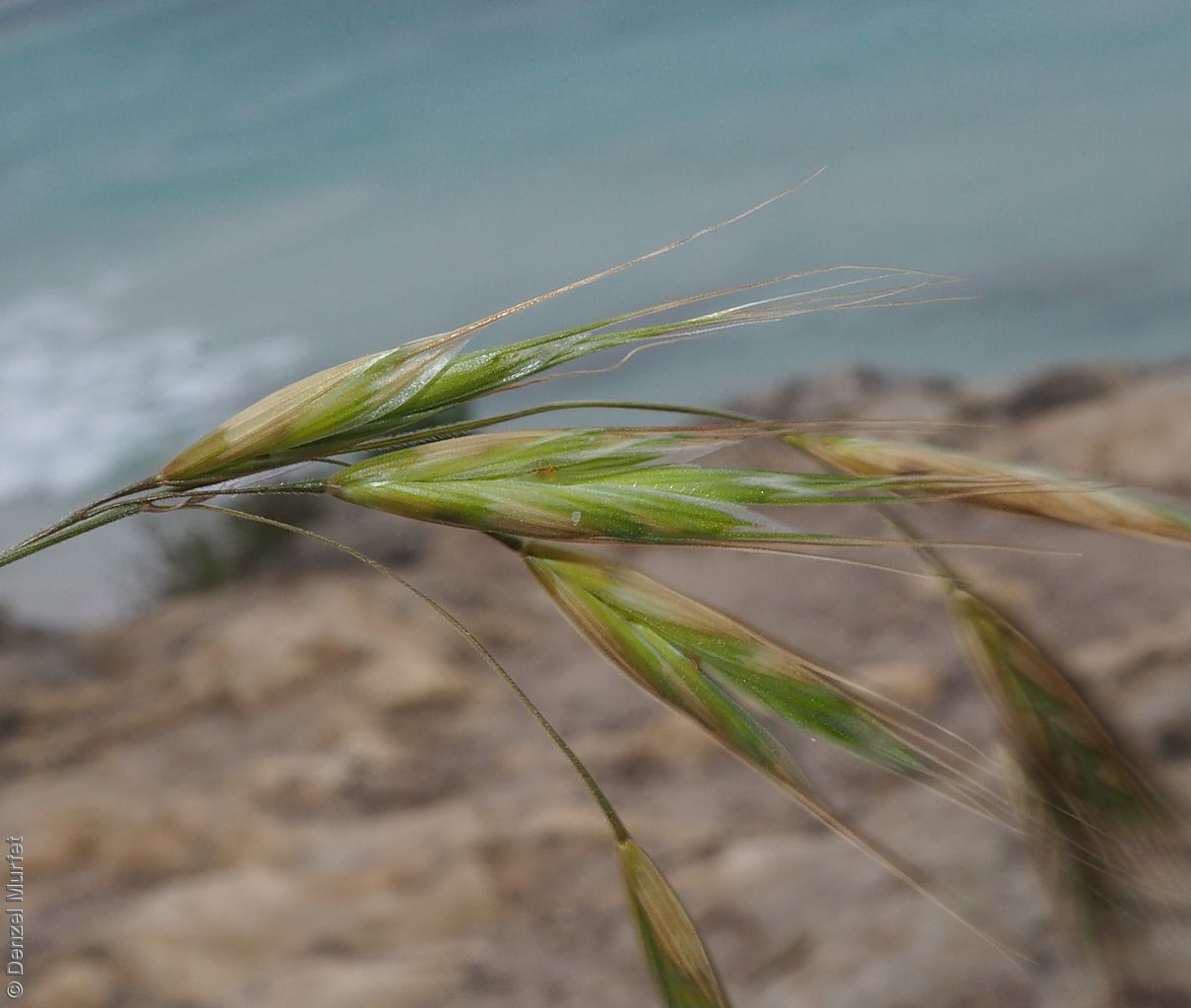

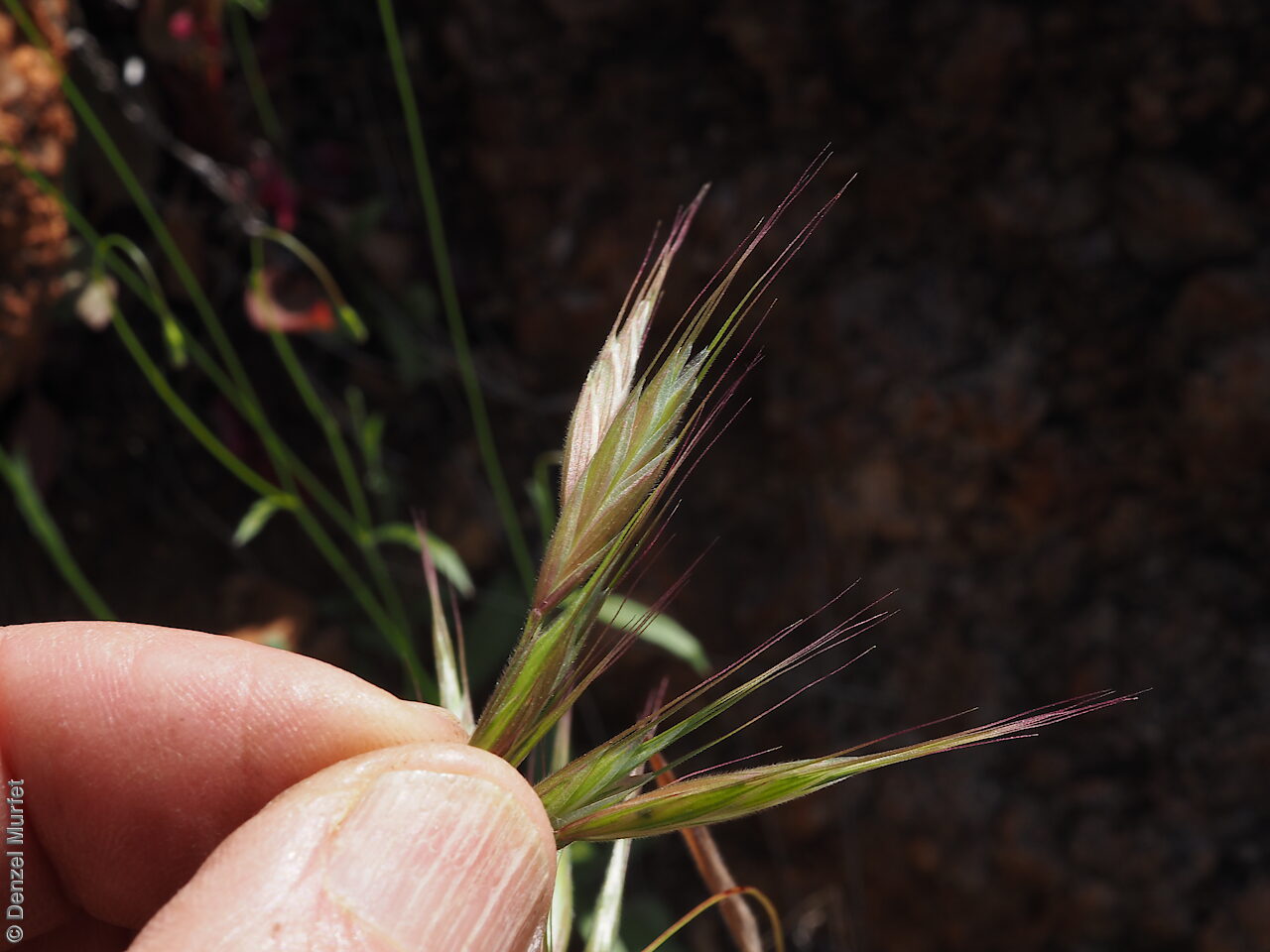
Regional Species Conservation Assessments per IBRA subregion.

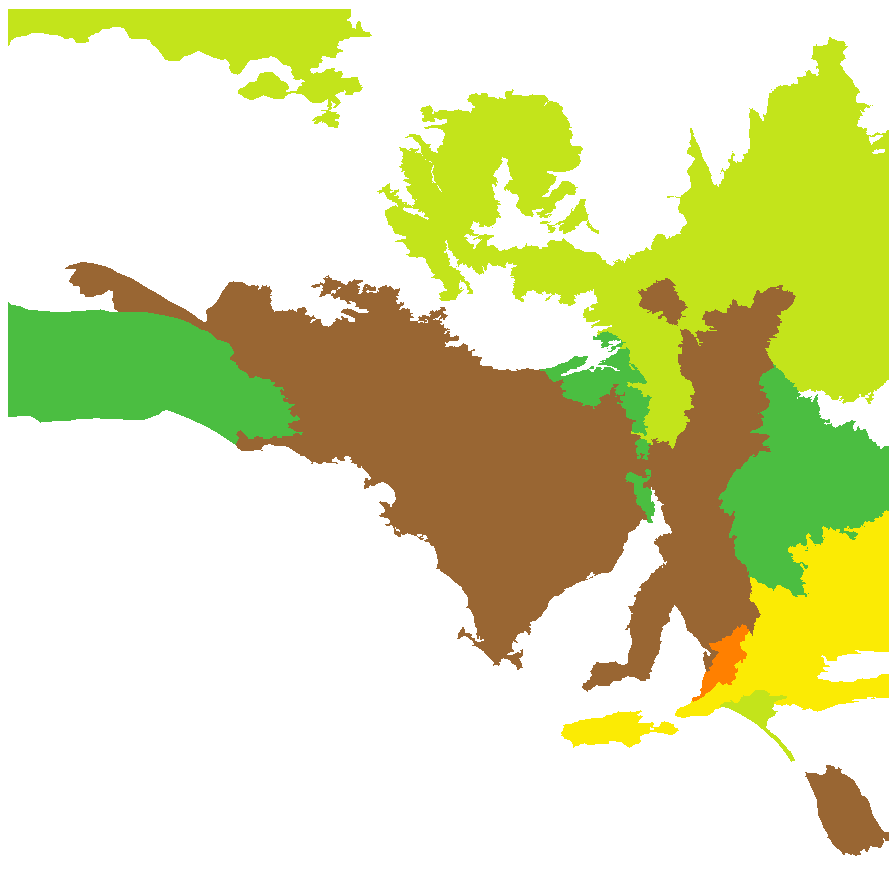
Least concern
Near threatened
Rare
Vulnerable
Endangered
Critically endangered
Extinct
Data deficient
Adelaide
Arkaroola
Ceduna
Coober Pedy
Hawker
Innamincka
Marla
Marree
Mount Gambier
Oodnadatta
Renmark
Wudinna
Keith
Yunta
Display IBRA region text
| Lucindale (NCP03) | Naracoorte Coastal Plain | Rare (IUCN: RA d(i,ii)) |
| Kangaroo Island (KAN01) | Kanmantoo | Vulnerable (IUCN: VU D2) [dry area sp.] |
| Fleurieu (KAN02) | | Vulnerable (IUCN: VU D2) [dry area sp.] |
| Mount Lofty Ranges (FLB01) | Flinders Lofty Block | Endangered (IUCN: EN B2ab(iii)) (Definite Decline) [dry area sp; in Mt Crawford Forest; coastal pops prob gone] |
| Broughton (FLB02) | | Rare (IUCN: RA d(i,ii)) |
| Olary Spur (FLB03) | | Least Concern (Probable Decline) |
| Southern Flinders (FLB04) | | Rare (IUCN: RA d(i,ii)) |
| Northern Flinders (FLB05) | | Rare (IUCN: RA d(ii)) (Probable Decline) [not often seen; outcompeted by weed grasses] |
| Central Flinders (FLB06) | | Rare (IUCN: RA d(ii)) (Probable Decline) [not often seen; outcompeted by weed grasses] |
| Southern Yorke (EYB01) | Eyre Yorke Block | Rare (IUCN: RA d(i,ii)) |
| St Vincent (EYB02) | | Rare (IUCN: RA d(i,ii)) |
| Eyre Hills (EYB03) | | Rare (IUCN: RA d(ii)) (Probable Decline) |
| Talia (EYB04) | | Rare (IUCN: RA d(ii)) (Probable Decline) |
| Eyre Mallee (EYB05) | | Rare (IUCN: RA d(ii)) (Probable Decline) |
| South Olary Plain (MDD01) | Murray Darling Depression | Vulnerable (IUCN: VU B2ab(i,ii,iii)) (Probable Decline) |
| Murray Mallee (MDD02) | | Vulnerable (IUCN: EN B2ab(i,ii,iii)) (Probable Decline) [weeds & competition from other Bromus - threats] |
| Murray Lakes and Coorong (MDD03) | | Near Threatened |
| Braemer (MDD07) | | Least Concern (Probable Decline) |
| Murray Scroll Belt (RIV06) | Riverina | Vulnerable (IUCN: EN B2ab(i,ii,iii)) (Probable Decline) [weeds & competition from other Bromus - threats] |
| Myall Plains (GAW01) | Gawler | Rare (IUCN: RA d(ii)) (Probable Decline) |
| Gawler Volcanics (GAW02) | | Rare (IUCN: RA d(ii)) (Probable Decline) |
| Gawler Lakes (GAW03) | | Rare (IUCN: RA d(ii)) (Probable Decline) |
| Arcoona Plateau (GAW04) | | Least Concern |
| Kingoonya (GAW05) | | Rare (IUCN: RA d(ii)) |
| Torrens (GAW06) | | Near Threatened |
| Yellabinna (GVD06) | Great Victoria Desert | Rare (IUCN: RA d(ii)) |
| Nullarbor Plain (NUL02) | Nullarbor | Least Concern |
| Yalata (NUL03) | | Least Concern |
| Barrier Range (BHC01) | Broken Hill Complex | Least Concern (Probable Decline) |
| Bimbowrie (BHC05) | | Least Concern (Probable Decline) |
| Curnamona (BHC06) | | Least Concern (Probable Decline) |
| Strzelecki Desert (SSD05) | Simpson Strzelecki Dunefields | Near Threatened |
| Oodnadatta (STP02) | Stony Plains | Near Threatened |
| Murnpeowie (STP03) | | Near Threatened |
| Peake-Dennison Inlier (STP04) | | Near Threatened |
| Baltana (STP07) | | Near Threatened |
| Coongie (CHC06) | Channel Country | Near Threatened |
| Mann-Musgrave Block (CER01) | Central Ranges | Near Threatened |
| Everard Block (CER03) | | Near Threatened |
| Tieyon (FIN03) | Finke | Near Threatened |
| Lucindale (NCP03) | Naracoorte Coastal Plain | Rare (IUCN: RA d(i,ii)) |
| 2 of 2 subregions | Kanmantoo | Vulnerable |
| 6 of 6 subregions | Flinders Lofty Block | Least Concern , Rare , Endangered |
| 5 of 5 subregions | Eyre Yorke Block | Rare |
| 4 of 6 subregions | Murray Darling Depression | Least Concern , Near Threatened , Vulnerable |
| Murray Scroll Belt (RIV06) | Riverina | Vulnerable (IUCN: EN B2ab(i,ii,iii)) (Probable Decline) [weeds & competition from other Bromus - threats] |
| 6 of 8 subregions | Gawler | Least Concern , Near Threatened , Rare |
| Yellabinna (GVD06) | Great Victoria Desert | Rare (IUCN: RA d(ii)) |
| 2 of 3 subregions | Nullarbor | Least Concern |
| 3 of 4 subregions | Broken Hill Complex | Least Concern |
| Strzelecki Desert (SSD05) | Simpson Strzelecki Dunefields | Near Threatened |
| 4 of 7 subregions | Stony Plains | Near Threatened |
| Coongie (CHC06) | Channel Country | Near Threatened |
| 2 of 3 subregions | Central Ranges | Near Threatened |
| Tieyon (FIN03) | Finke | Near Threatened |
Botanical art
Kath Alcock paintings: 2
Prior names
Serrafalcus arenarius
Common names
Sand Brome
Etymology
Bromus from the Greek 'bromos' a kind of oat. Arenarius from the Latin 'arena' meaning sandy place and '-aria' meaning pertaining to, alluding to it's sandy habitat.
Distribution and status
Found in scattered across the drier areas of South Australia except in the South-east, growing on sandy soils and claypan soils. Also found in all states except in the Northern Territroy. Native. Common in South Australia. Rare in Victoria, Tasmania and Queensland. Common in the other states.
Herbarium regions: North Western, Lake Eyre, Nullarbor, Gairdner-Torrens, Flinders Ranges, Eastern, Eyre Peninsula, Northern Lofty, Murray, Yorke Peninsula, Southern Lofty, Kangaroo Island, South Eastern, Green Adelaide
AVH map: SA distribution map (external link)
Plant description
Erect or procumbent annual grass to 50 cm high with glabrous stems. Leaves with copious, soft, spreading hairs; ligule glabrous or with a few marginal hairs. Inflorescence a loose pyramidal spike, drooping, to 15 cm long. Spikelets oblong-lanceolate, laterally compressed. Lower glume 3- or 4-nerved, to 8 mm, upper glume 5- or sub-7-nerved, to 12 mm; lemmas to 15 mm long, 7-nerved, with a straight or curved awn about as long. Flowering between July and October. Fruits are short spike. Seed embryo type is lateral.
Seed collection and propagation
Collect seeds between September and December. Use hands to gently strip seeds off the mature seed spike that are turning straw colour. Mature seeds will come off easily. Alternatively, you can break off the whole seed spike. Place the seeds/spike in a tray and leave to dry for two weeks. No further cleaning is required if only seed collected. If seed spikes collected, use hand to strip off the mature seeds. Store the seeds with a desiccant such as dried silica beads or dry rice, in an air tight container in a cool and dry place.
















